Giovanni Boldini (1842-1931)
Get a Giovanni Boldini (1842-1931) Certificate of Authenticity for your painting (COA) for your Giovanni Boldini (1842-1931) drawing.
For all your Giovanni Boldini (1842-1931) artworks you need a Certificate of Authenticity (COA) in order to sell, to insure or to donate for a tax deduction.
Getting a Giovanni Boldini (1842-1931) Certificate of Authenticity (COA) is easy. Just send us photos and dimensions and tell us what you know about the origin or history of your Giovanni Boldini (1842-1931) painting or drawing.
If you want to sell your Giovanni Boldini (1842-1931) painting or drawing use our selling services. We offer Giovanni Boldini (1842-1931) selling help, selling advice, private treaty sales and full brokerage.
We have been authenticating Giovanni Boldini (1842-1931) and issuing certificates of authenticity since 2002. We are recognized Giovanni Boldini (1842-1931) experts and Giovanni Boldini (1842-1931) certified appraisers. We issue COAs and appraisals for all Giovanni Boldini (1842-1931) artworks.
Our Giovanni Boldini (1842-1931) paintings and drawings authentications are accepted and respected worldwide.
Each COA is backed by in-depth research and analysis authentication reports.
The Giovanni Boldini (1842-1931) certificates of authenticity we issue are based on solid, reliable and fully referenced art investigations, authentication research, analytical work and forensic studies.
We are available to examine your Giovanni Boldini (1842-1931) painting or drawing anywhere in the world.
You will generally receive your certificates of authenticity and authentication report within two weeks. Some complicated cases with difficult to research Giovanni Boldini (1842-1931) paintings or drawings take longer.
Our clients include Giovanni Boldini (1842-1931) collectors, investors, tax authorities, insurance adjusters, appraisers, valuers, auctioneers, Federal agencies and many law firms.
We perform Giovanni Boldini art authentication, appraisal, certificates of authenticity (COA), analysis, research, scientific tests, full art authentications. We will help you sell your Giovanni Boldini or we will sell it for you.
Born in Ferrara, Italy as the eighth in a family of thirteen children, Giovanni Boldini was the son of a painter and art restorer. He was a sickly baby, which led to a sick childhood, but was favored by his father nonetheless. This closeness with his father was probably the reason that Boldini became interested in art.
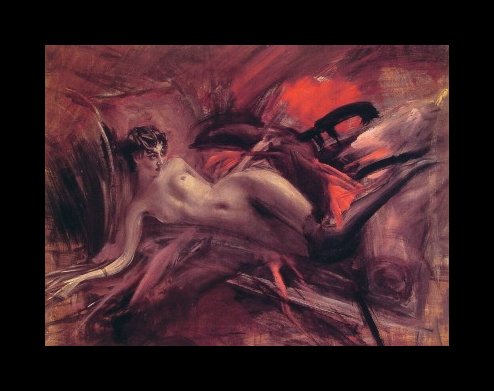
At the age of 20, Boldini received a bit of money from a wealthy uncle and decided to go to Florence and attend The Academy of Art. Here he met members of the Barbizon school and was also influenced by the Macchiaioli—a group of artists opposed to academic painting.
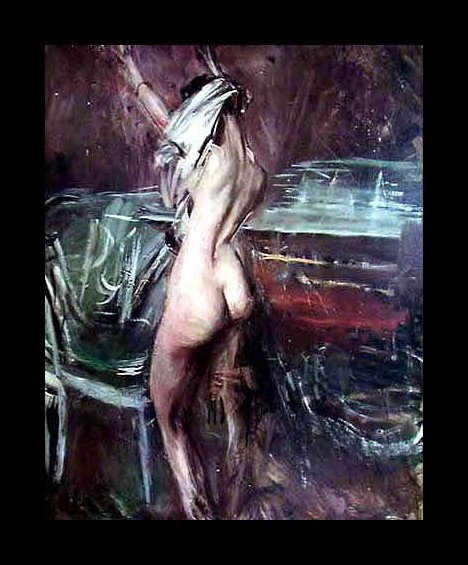
Boldini was able to travel extensively over the next few years to London, Italy, Spain and other corners of Europe. He studied the works of Degas, Manet, Caillebot and Sisely and was said to have admired the work of Corot. During these travels, Boldini truly found himself as a portrait painter, and even painted some frescoes in buildings along the way.
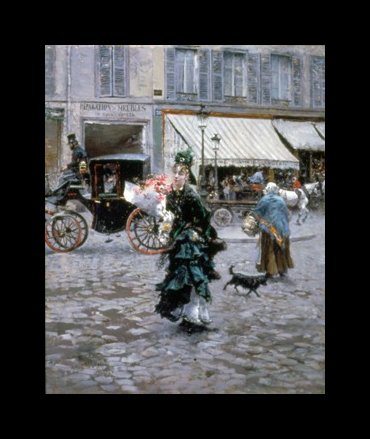
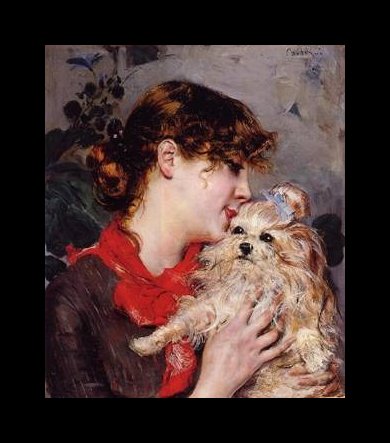
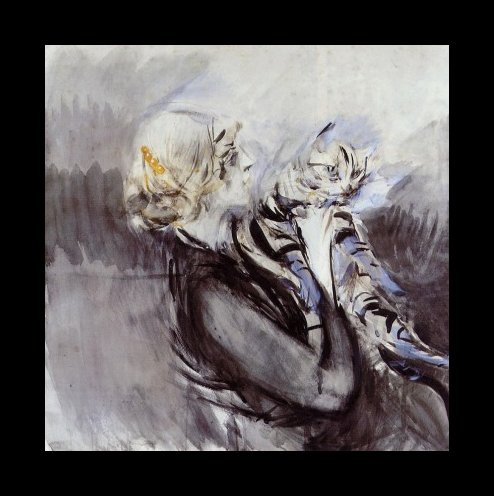
Eventually, Boldini would settle in Paris in 1871, but not before he gained world acclaim. Three years later he would be able to start exhibiting his work more regularly and aggressively. Boldini started the 20th century as one of the best-known Italian painters, but sadly, his work lost commercial appeal shortly after his death in 1931.
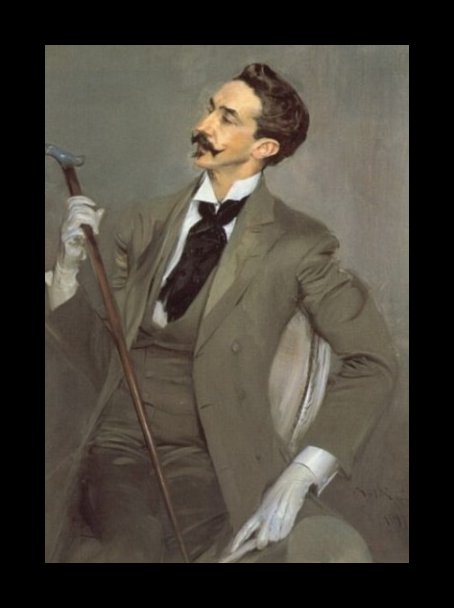
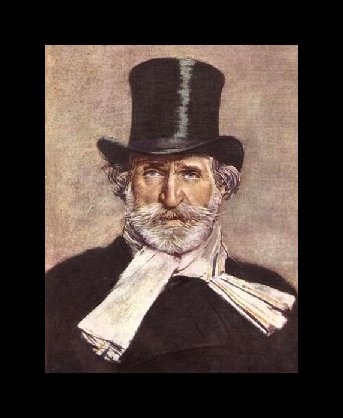
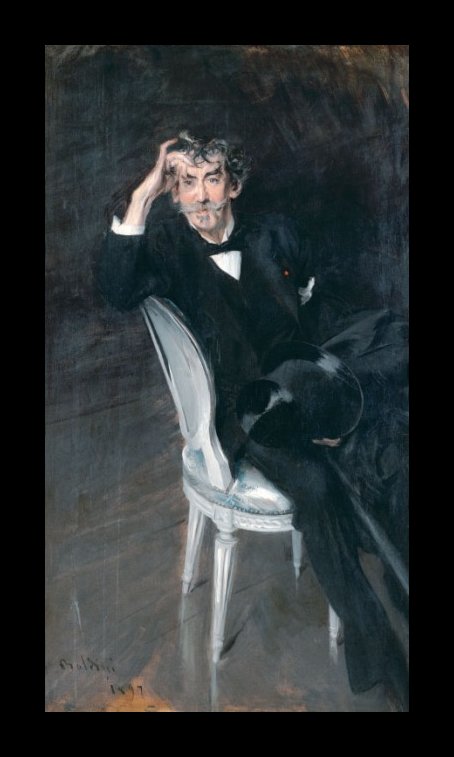
Known for his paintings of women, in particular, Boldini was a master portrait painter. He would also create street scenes of Parisian city life, as well as landscapes and even costume design. By definition, Boldini was an Impressionist, although his portraits are very realistic.
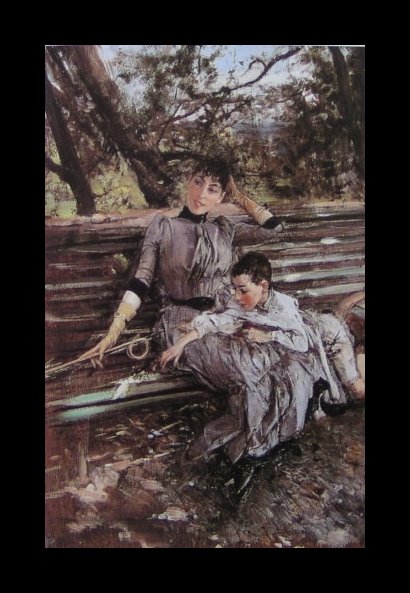
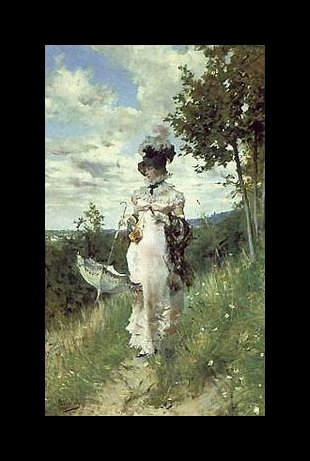
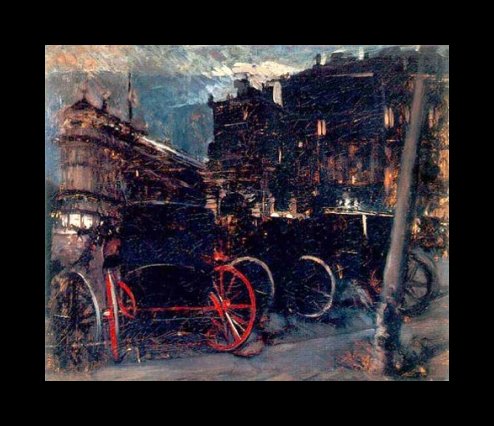
Perhaps the reason that he was so sought after by the “Belle Epoque” was his nouveau brush stroke techniques—Boldini would create fluidity in his brushstrokes that was very pleasing to the eye (and flattering to the subject). In fact, a 1933 article by Time Magazine would coin Boldini as “The Master of Swish” because of these sweeping brushstrokes. Not only that, but his subjects were often placed in slightly (or very) seductive poses that made the women in his portrait look sensual and even powerful.
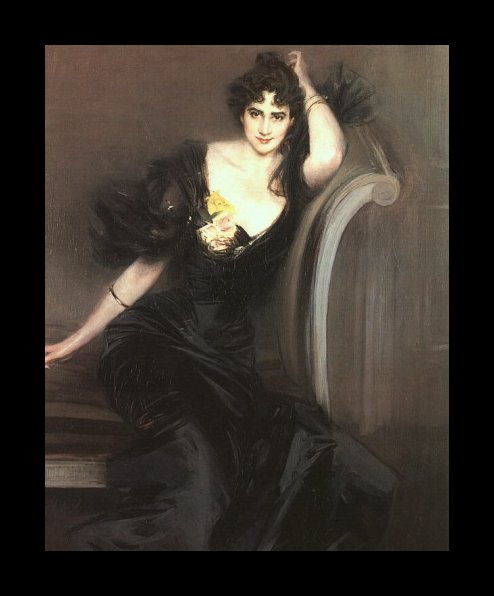
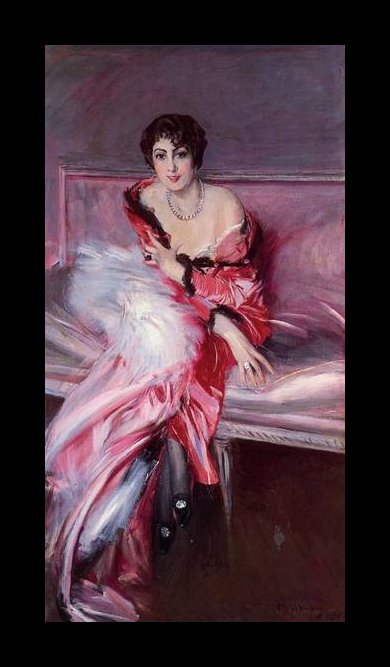
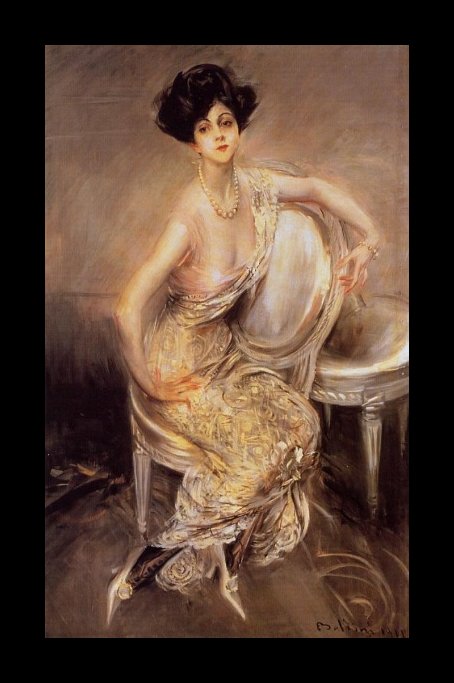
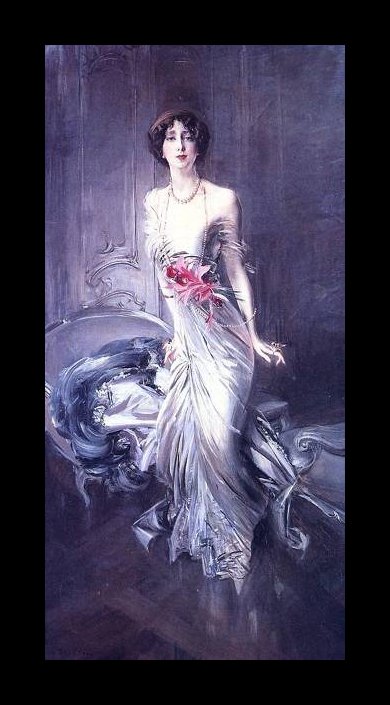
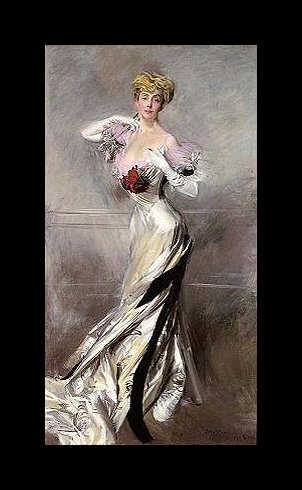
Boldini also began experimenting with etchings and prints in the 1880’s. During this time the influence of Degas became very apparent in both his theme and style of painting—like Degas, Boldini began using pastels instead of oil paint for his larger portraits. Luckily, the two had become good friends, or else a feud might have been incited.
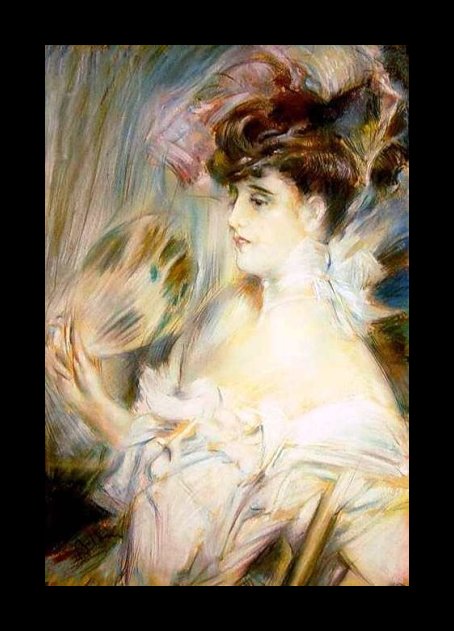
Though the name Boldini does not ring as familiar as Degas and Manet, his work was still as sought-after and highly valued. Boldini traveled extensively in his early days—meaning that the painting hanging on a relative’s wall in London, Italy or even New York and was painted between 1860-1870—could be a Boldini.
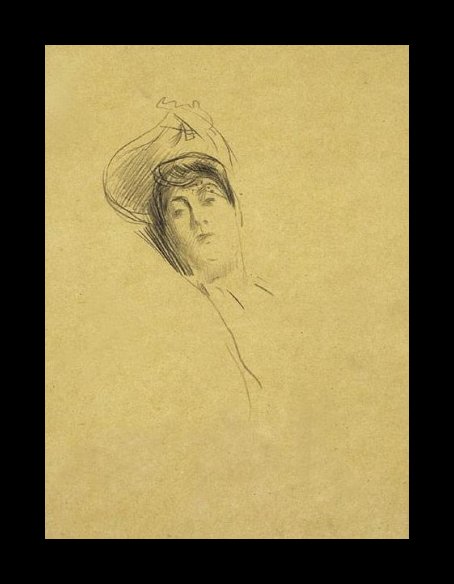
Giovanni Boldini art authentication. Giovanni Boldini appraisal from . Giovanni Boldini certificates of authenticity (COA). Giovanni Boldini analysis, research, scientific tests, full art authentications. We will help you sell your Giovanni Boldini or we will sell it for you.
